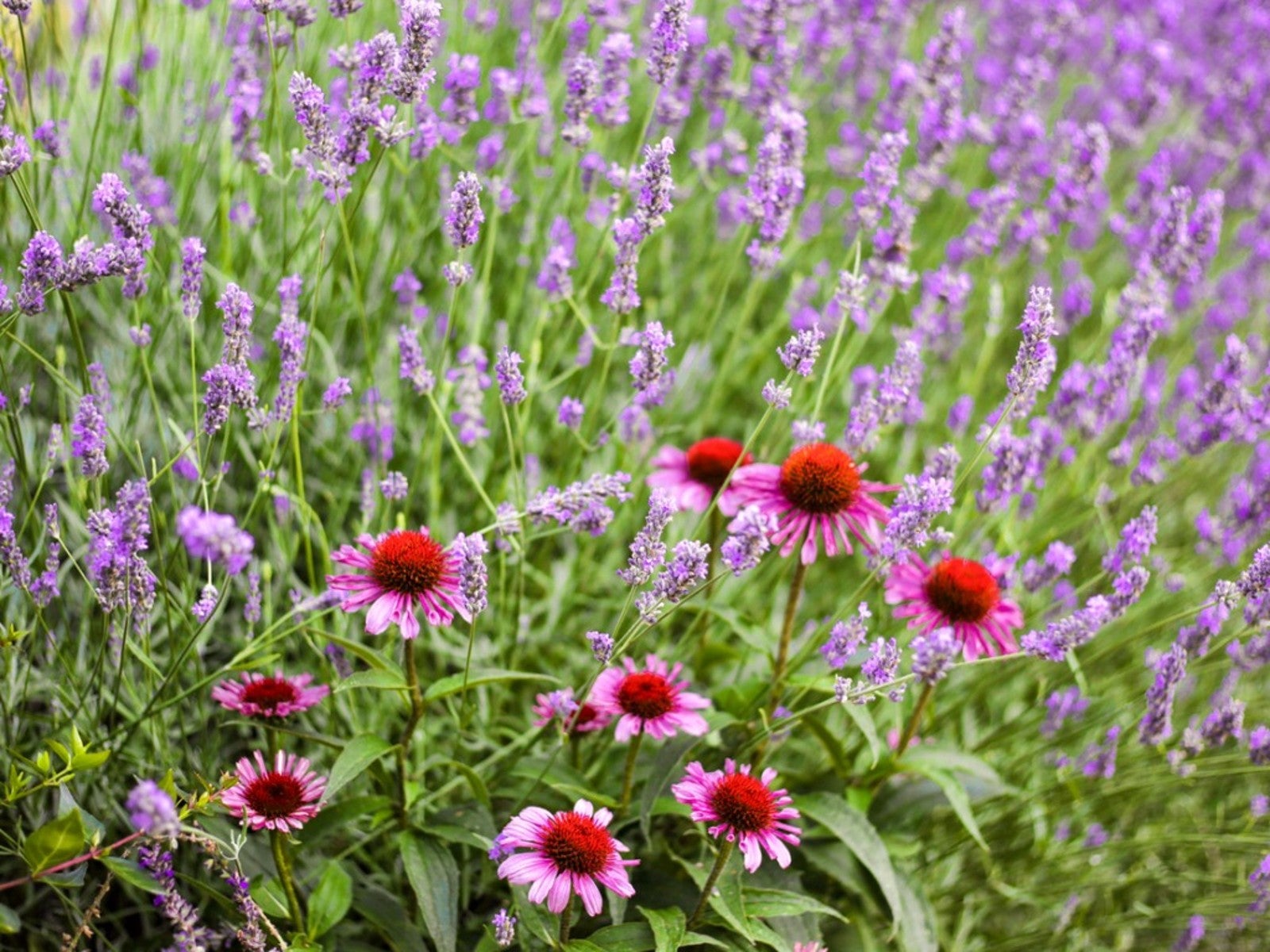How To Grow A Water-Wise Garden That Still Looks Lush


Natural precipitation rates vary around the world, but no matter how much rain a region gets annually, we all share the responsibility to use it wisely. Water-wise gardening - sometimes called xeriscaping - uses innovative conservation techniques and sound gardening practices to create a beautiful landscape while conserving water. For water wise landscaping ideas, read on.
Growing A Water Wise Garden
If your notion of xeriscaping involves sparse desert backyards with a few large cacti as focal points, you need to get a larger idea of what water wise gardening looks like. Think brilliant color, a wide variety of plants and even a lush lawn. Properly planned, a water-wise landscape is as attractive as a garden can be.
While plant selection is an important part of building a water wise landscape, you aren’t limited to succulents. This type of garden design can include hundreds of plant options, including trees, shrubs, flowering bushes and even grasses. The factors that go into water wise landscaping include garden design, soil preparation, plant choice, mulch, and a great irrigation method.
Water Wise Garden Design
Don’t start your garden design by rushing to the garden store. Instead, sit down with pen and paper to do some careful planning, considering your landscape needs and attributes. It may help to make a sketch of the area, noting high use areas and plants already in place, as well as structures, grassy areas, walkways and driveways.
Consider your natural water levels and the time you wish to invest in maintenance. Make a list of features that would make you happy, like a vegetable garden, a fountain, ponds, a home orchard, or a lawn. From there, you - or a landscape professional - can develop a design that meets your needs and pleases your senses.
Soil Preparation
What kind of soil does your landscape currently have? It’s likely to be made of sand, loam, clay, or a mix of these. Understanding your current soil and how to amend it is important for a successful water-wise garden. Healthy soil offers plants a nutrient-rich place to drop their roots, holding water but also permitting air in and water out. As a general rule of thumb, plan to amend the native soil by adding organic compost or well aged manure.
Plant Selection
Choosing the plants might be the most exciting part of creating a water wise garden. Keep a few principals in mind. Select plants based on their shape, color, and mature size. Erosion control, wildlife appeal and/or privacy considerations may be important issues in your selections. Just be sure that the species you select are adapted to the soil, water, temperature, light, and pest conditions of the region. Also keep an eye on the maintenance they require and their water needs.
Sign up for the Gardening Know How newsletter today and receive a free copy of our e-book "How to Grow Delicious Tomatoes".
Do you have to pick native plants? Native plants can be low- or no-maintenance additions to your landscape since they are adapted to the existing conditions. But you are not limited to native plants. There are other parts of the world with the same climate as yours, so feel free to pick water-wise garden selections from other countries if you like.
Think about grouping plants in hydrozones, that is, with other plants that require the same amount of water. That makes for more efficient irrigation.
Mulching for Water Wise Landscaping
Organic mulch can help soil to retain water, meaning you’ll have to irrigate less. This layer of compost, aged manure or dried leaves control weeds that can compete with cultivated for water.
Why choose organic? Organic mulches decompose into the soil, improving its structure. Inorganic mulches do not provide this benefit.
Irrigation for Water Wise Gardening
Some gardeners water by hand, but in general, automatic irrigation is more water wise, and it can save you time too if it is well designed, installed, and maintained. Ideally, your system will give plants the water they need, not more more less. You want this released slowly so that the water penetrates the soil and gets to the root area. If you are designing a new face for your landscape, include an automatic irrigation system in the mix.
Those who opt not to do this can water manually or with a sprinkler that fits your yard. Avoid those that toss water high into the air since you will lose some to evaporation and wind. Opt for those that release water closer to the ground and the plants’ root system.

Teo Spengler is a master gardener and a docent at the San Francisco Botanical Garden, where she hosts public tours. She has studied horticulture and written about nature, trees, plants, and gardening for more than two decades, following a career as an attorney and legal writer. Her extended family includes some 30 houseplants and hundreds of outdoor plants, including 250 trees, which are her main passion. Spengler currently splits her life between San Francisco and the French Basque Country, though she was raised in Alaska, giving her experience of gardening in a range of climates.